
The collective human psyche, perpetually seeking order amidst the inherent chaos of existence, often grapples with phenomena that defy easy explanation. One such persistent and captivating notion that frequently resurfaces in public discourse, particularly within the realm of popular culture, is the so-called “rule of three” concerning celebrity deaths. This intriguing theory posits that when one notable public figure passes away, two more are soon to follow, creating an uncanny triad of loss that resonates deeply within our shared consciousness. Recent events, such as the reported deaths of actor Malcolm-Jamal Warner, the legendary musician Ozzy Osbourne, and professional wrestling icon Hulk Hogan in late July, visibly spurred a significant surge in online searches for this very phrase, underscoring its enduring hold on our collective imagination and curiosity.
This concept isn’t merely confined to casual observation; it has permeated the fabric of pop culture itself. Episodes of beloved television shows, like “30 Rock’s” “Stone Mountain,” playfully yet poignantly explore the anxieties it can induce, with characters fearing for their own lives after learning of two prior celebrity fatalities. The recurring nature of this belief compels us to ask: Is there any genuine substantiation behind the “rule of three,” or does its perceived reality stem from more intricate psychological and cultural underpinnings? It’s a question that delves beyond mere superstition, inviting a deeper analysis of how we process grief, connect with public figures, and ultimately, attempt to make sense of the seemingly random nature of mortality.
Indeed, experts from various fields – including mathematics, pop culture studies, and psychology – have offered their perspectives on this pervasive phenomenon. While they collectively dismiss any scientific validity to a literal “rule,” their insights illuminate why this idea continues to captivate and reassure us in an unpredictable world. They invite us to consider the intricate interplay between our innate cognitive biases, the cultural significance we attribute to numbers, and the profound emotional impact that the loss of a public figure can have on our individual and collective sense of belonging, making the “rule of three” a fascinating subject for in-depth exploration.

1. **Defining the Celebrity ‘Rule of Three’: A Persistent Notion**At its core, the celebrity “rule of three” refers to a widely circulated theory that suggests prominent individuals tend to pass away in groups of three, often within a relatively short period. This isn’t a formally established statistical principle or a scientific law; rather, it exists as a pervasive piece of cultural folklore, passed down through anecdotes and reinforced by media coverage of clustered losses. The theory gains traction because it provides a seemingly coherent framework for understanding events that might otherwise feel overwhelmingly random and disconnected.
The enduring power of this notion lies in its ability to offer a narrative, a pattern, where none objectively exists according to scientific scrutiny. When three well-known people die in proximity, as psychiatrist Bernard Beitman notes, it creates the impression that “this isn’t just random. Maybe there’s something to it. Maybe there’s some force or cause or engine.” This impulse to find a “force or cause or engine” is deeply human, reflecting our fundamental discomfort with pure randomness and our innate desire for explanations, however tenuous they might be.
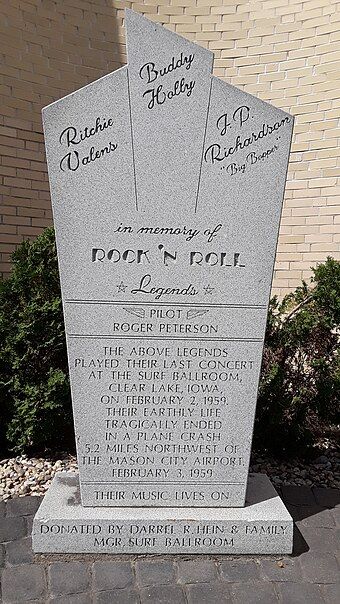
2. **The Genesis of a Legend: Buddy Holly, Ritchie Valens, and The Big Bopper (1959)**Perhaps one of the most frequently cited and historically significant examples that solidified the “rule of three” in the public consciousness is the tragic plane crash of February 3, 1959. This devastating event claimed the lives of three rising stars of early rock and roll: Buddy Holly, Ritchie Valens, and J.P. “The Big Bopper” Richardson. Their deaths, occurring simultaneously in a single, catastrophic incident, created an indelible mark on music history and, crucially, provided a powerful, clear-cut instance of a celebrity trio passing away together.
This particular event served as a foundational narrative for the “rule of three.” The shared context of their demise – a single plane crash – made the grouping undeniable and profoundly impactful. It established a precedent, a vivid mental template, against which future clusters of celebrity deaths would often be measured, consciously or unconsciously. The immediate and collective shock of losing three such talents at once ingrained the idea that such tragedies could indeed arrive in numerical sets, contributing significantly to the folklore that persists today.

3. **The Infamous “Summer of Death”: McMahon, Fawcett, and Jackson (2009)**Fifty years after the “day the music died,” another cluster of celebrity deaths in June 2009 powerfully reignited the “rule of three” phenomenon, demonstrating its enduring relevance in the digital age. This period saw the passing of three iconic figures within an incredibly short span, captivating global attention and prompting widespread discussion. On June 23, television personality Ed McMahon, a familiar and beloved presence, passed away. Just two days later, on June 25, the world mourned the loss of two more luminaries: actress Farrah Fawcett, known for her striking beauty and iconic poster, and pop music legend Michael Jackson, whose death sent shockwaves across the globe.
The close proximity of these three high-profile deaths, particularly Fawcett and Jackson on the very same day, cemented this period as a definitive example of the “rule of three” in action for many observers. It was an event that transpired over “two morbid days,” as one account described, solidifying the idea that celebrity fatalities could indeed cluster together in a seemingly patterned manner. The immense cultural impact of each individual, combined with the timing of their departures, created a memorable and oft-referenced “heavenly trio” that fueled the belief for years to come.

4. **A Tragic End to 2016: George Michael, Carrie Fisher, and Debbie Reynolds**The year 2016 became infamous for the sheer number of beloved celebrities it took from us, and it concluded with a particularly poignant and widely discussed series of losses that strongly echoed the “rule of three.” Around the holiday season, the world mourned three significant figures within a span of just a few days. George Michael, the iconic ’80s pop star and Wham! frontman, was discovered by his partner on Christmas Day, having died in his sleep from heart failure.
Following this, just a day later, on December 26, the tragic news broke of the passing of “Star Wars” actress Carrie Fisher, who had suffered cardiac arrest during a flight just days prior. In a further heartbreaking turn, her mother, the legendary actress Debbie Reynolds, died on December 28. The mother-daughter deaths, occurring within such close succession to George Michael’s passing, created an especially sorrowful and unforgettable “rule of three” instance that resonated deeply with fans, marking a truly somber end to a year already perceived as exceptionally difficult for celebrity losses.

5. **Mid-2020 Losses: Naya Rivera, Kelly Preston, and Regis Philbin**Even amidst the unprecedented global events of 2020, the perceived “rule of three” continued to manifest, drawing attention to another cluster of celebrity deaths in July of that year. This period saw the entertainment world mourn the loss of three distinct and beloved figures, once again sparking conversations about the uncanny pattern. Naya Rivera, known for her role in “Glee,” tragically passed away on July 8. Her death was followed shortly thereafter by actress Kelly Preston, who died on July 12.
The trio was completed with the passing of the beloved television personality and talk show host, Regis Philbin, on July 24. These deaths, spaced out over a few weeks within the same month, were widely cited as yet another example of the persistent theory, reinforcing the idea that celebrity fatalities often seem to occur in these memorable groups. Each loss, significant in its own right, gained an additional layer of cultural resonance by its proximity to the others, further embedding the “rule of three” into contemporary folklore.
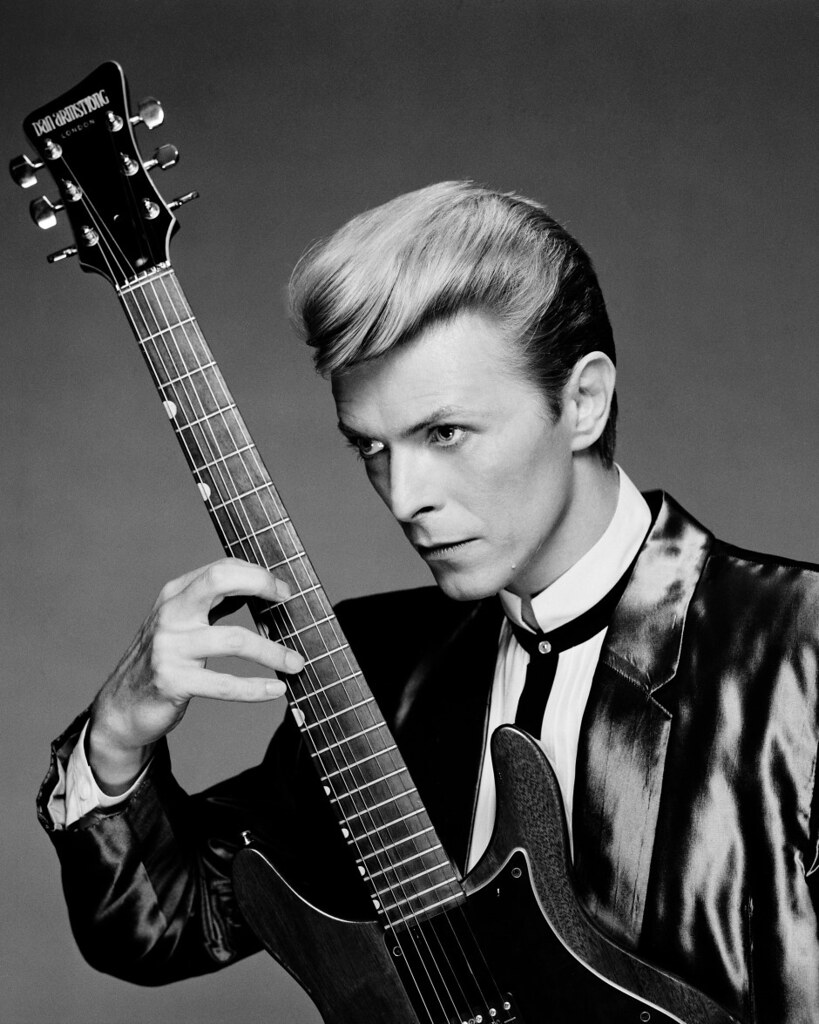
6. **The January 2016 Shocks: David Bowie, Alan Rickman, and René Angélil**Long before 2016 had even fully begun, the “rule of three” cast its shadow over the very first weeks of the year, setting a somber tone for what many would remember as a particularly difficult period for celebrity losses. The legendary rock star David Bowie’s passing, announced in early January, came as a massive shock to fans who were unaware of his 18-month battle with cancer, which he had kept private. His death sent ripples of grief and disbelief across the globe.
Not even a week later, the entertainment world was rocked again by the news that actor Alan Rickman, widely celebrated for his iconic role as Professor Severus Snape in the “Harry Potter” series, had also died from cancer. Later on the very same day as Rickman’s announcement, singer Céline Dion’s husband and manager, René Angélil, also succumbed to his own battle with cancer. The rapid succession of these three highly respected figures, each lost to cancer early in the year, felt like a powerful and unsettling confirmation of the “rule of three,” profoundly impacting the collective mood.
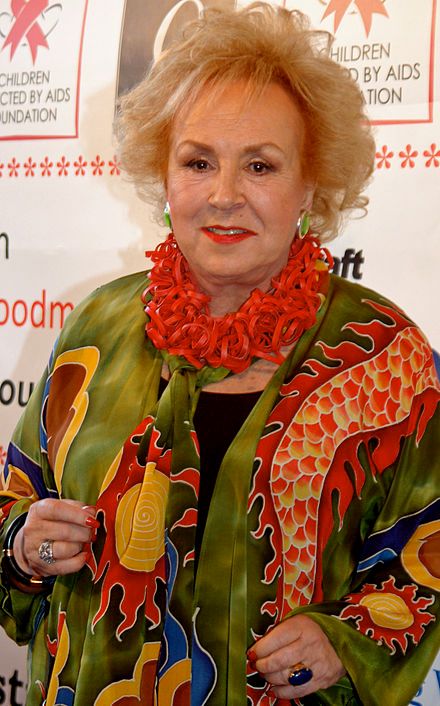
7. **Spring 2016: Prince, Chyna, and Doris Roberts**Just a few months after the initial cluster of deaths in January, 2016 continued its relentless pace of celebrity losses, providing yet another powerful example that many attributed to the “rule of three.” In April of that year, three distinct and impactful personalities passed away in quick succession, further solidifying the year’s reputation as a particularly grim one for the entertainment industry. On April 17, fans were saddened by the news that Doris Roberts, the “lovably annoying mom” from “Everybody Loves Raymond,” had died in her sleep at the age of 90.
Just a few days later, on April 20, the wrestling community and beyond mourned the loss of ex-WWE wrestler Chyna, who passed away at 46 from an accidental drug overdose involving sleeping pills. The very next day, April 21, the world was left heartbroken and stunned by the shocking death of music legend Prince, at the age of 57, also ruled an accidental overdose. This cluster of deaths, coming so soon after the January losses, intensified the perception that 2016 was a year marked by a relentless, and seemingly patterned, series of celebrity departures, embodying the “rule of three” once more.

8. **The Power of Apophenia: Finding Patterns in Randomness**The enduring belief in the “rule of three” is not rooted in scientific fact but rather in a fascinating psychological bias known as apophenia. This human tendency allows us to perceive meaningful connections or patterns in random or meaningless data, even when none objectively exist. As psychiatrist Bernard Beitman explains, when three well-known individuals die in close proximity, it creates the impression that “this isn’t just random. Maybe there’s something to it. Maybe there’s some force or cause or engine.” This innate drive to find explanations helps us navigate a world that often feels chaotic and unpredictable.
Indeed, our brains are hardwired to seek order, a trait that has served evolutionary purposes. John Hoopes, a professor of anthropology, notes that “patterns in death, patterns in misfortune – those are things that help us try to understand the universe or reality in a way that makes sense of it.” This cognitive shortcut provides a sense of comfort, allowing us to feel a semblance of control over the randomness of life and death. The “rule of three” offers a compelling, albeit illusory, narrative to events that are, statistically speaking, simply coincidental, fulfilling our deep-seated need for meaning.

9. **The Deep Comfort of Numbers: Why Three Resonates Culturally**Beyond apophenia, the number three itself holds a special, almost sacred, significance in human culture, deeply embedding the “rule of three” into our collective consciousness. As Professor Michael Eck, author of “Book of Threes,” points out, “three is the place where the pattern reveals itself.” While a pattern of one and two might be ambiguous, adding a third element provides a sense of completion and clarity, making it easier for our brains to absorb and remember information effectively. This cultural resonance makes us more receptive to patterns involving triads, seeing them as naturally occurring endpoints.
This preference for threes is profoundly embedded across countless aspects of our lives, from storytelling and religious tenets to games and common phrases. Consider the familiar Gold, Silver, and Bronze medals, the Three Musketeers, or the game of rock, paper, scissors. Within religious contexts, there’s the pervasive imagery of the Father, the Son, and the Holy Spirit. Eck suggests that when applied to celebrity deaths, reaching for three creates a sense of “completion” of a cycle. “We want to kind of ritualize their life with us,” he says, desiring to remember these great people in our lifetime and remember them in positive ways.

10. **Grief as a Collective Experience: The Emotional Impact of Celebrity Loss**The emotional weight of celebrity deaths also plays a crucial, though often unacknowledged, role in the persistence of the “rule of three.” Dr. Lauro Amezcua-Patino, a psychiatrist, explains that grief over celebrities’ deaths is a real phenomenon because “even though we don’t know them, they’re part of the tribe.” These public figures transcend mere fame; they often become significant elements of our personal narratives and shared cultural landscape, providing entertainment, inspiration, or a sense of communal identity. Losing them, therefore, can feel like losing a member of our extended, global “tribe,” sparking genuine sorrow.
When such losses occur in clusters, the collective grief is profoundly amplified, strengthening the perceived pattern and making it feel more significant. Amezcua-Patino emphasizes that “you have to think of celebrities not as something magical that we admire, but it’s a member of the tribe that we belong to.” This profound, tribal connection means that their deaths, especially when grouped together, can evoke a powerful, shared emotional response across vast audiences, leading us to seek meaning and order in the timing of these departures. The “rule of three” offers a culturally resonant way to ritualize and process this collective sorrow.

11. **Challenging the Credibility: The Lack of Scientific Basis**Despite its widespread cultural acceptance and the psychological comfort it may offer, experts across disciplines are unanimous in confirming that there is no scientific evidence whatsoever to support the “rule of three.” Michael Shermer, author of “The Believing Brain,” firmly states, “Celebrities die every day — there’s no pattern at all of, course.” This assertion is echoed by various fields, including mathematics and psychology, which consistently dismiss any objective, statistical validity to the notion of celebrity deaths occurring in predetermined groups.
The perception of a pattern is, as previously discussed, largely a product of cognitive biases like apophenia, rather than an observable truth in the natural world. If celebrity deaths truly occurred in threes, it would defy the principles of random distribution and probability that govern such events. Instead, these perceived clusters are simply statistical anomalies that, when viewed through the lens of human pattern-seeking, stand out against the backdrop of constant, individual losses. Our brains, inherently eager to find meaning, highlight the “hits” or coincidences while largely ignoring the far more numerous “misses,” thereby perpetuating the illusion.
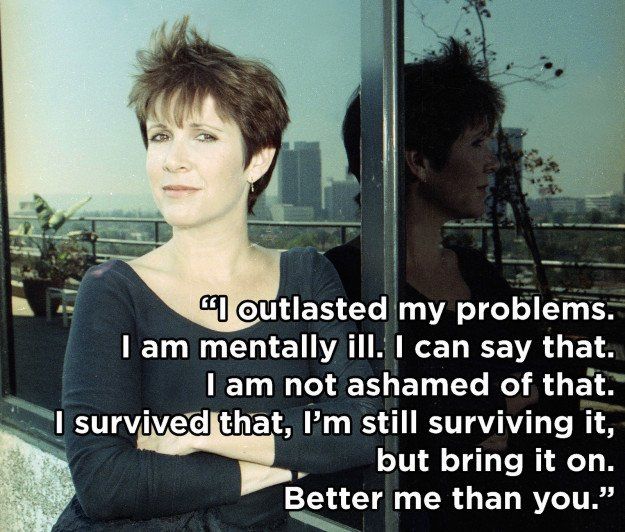
12. **A Different 2016 Cluster: Alan Thicke, George Michael, and Carrie Fisher**While 2016 was already remembered by many for its unprecedented number of beloved celebrity losses, a distinct grouping around the holiday season further illustrates the compelling “rule of three” phenomenon. This particular cluster involved actor Alan Thicke, musician George Michael, and actress Carrie Fisher, demonstrating how different combinations of prominent figures can be perceived as fulfilling the pattern within a short span. “Growing Pains” star Alan Thicke collapsed while playing hockey with his son on December 13, passing away at a hospital several hours later.
Just over a week later, on Christmas Day, the music world was deeply shocked by the news of the death of ’80s pop icon George Michael, who was discovered by his longtime partner, having died in his sleep from heart failure. The tragic series continued when “Star Wars” actress Carrie Fisher was rushed to the hospital after suffering cardiac arrest during a flight from London to LA on December 23, with her unexpected death announced on December 27. This particular grouping, distinct from the George Michael, Carrie Fisher, and Debbie Reynolds trio previously cited, further solidified 2016 as a year marked by multiple, perceived clusters of significant celebrity departures.
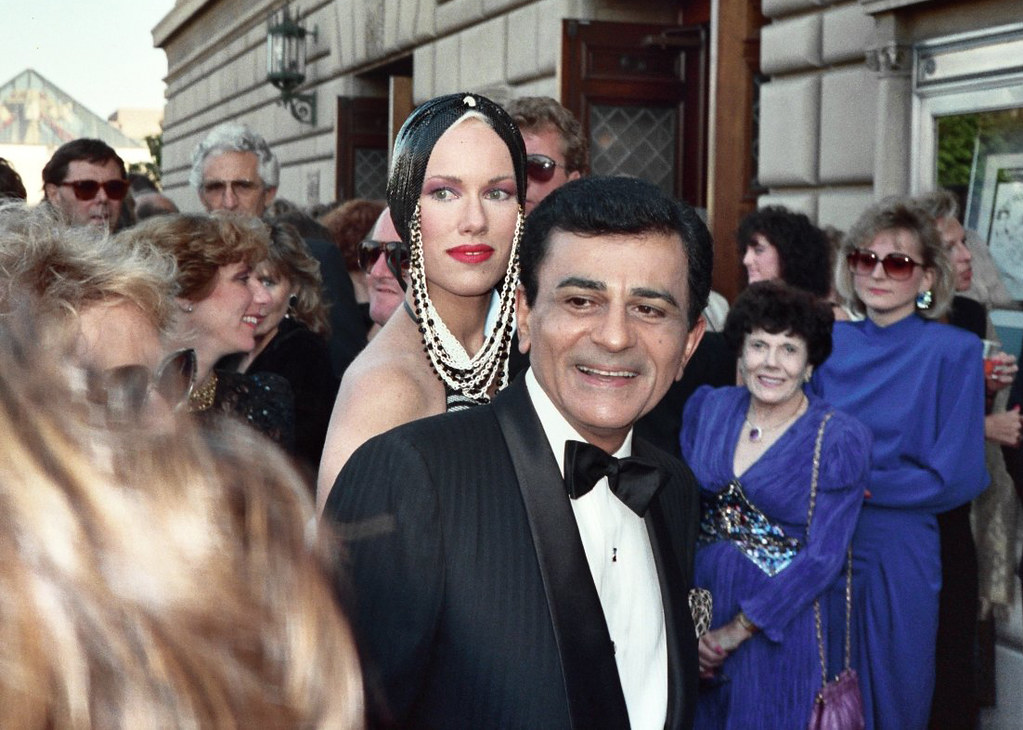
13. **Another Mid-2010s Group: Tony Gwynn, Casey Kasem, and Ruby Dee (June 2015)**The mid-2010s also provided its own poignant examples that were often cited as compelling evidence for the “rule of three” by observers. In June 2015, the worlds of entertainment and sports lost three beloved figures in quick succession, once again sparking discussions about the uncanny pattern. On June 11, legendary actress, writer, and civil rights activist Ruby Dee, known for her powerful roles in “A Raisin in the Sun” and “American Gangster,” passed away from natural causes at the age of 91.
Just four days later, on June 15, radio icon Casey Kasem, the inimitable host of the “American Top 40 Countdown,” died in a Washington state hospital at the age of 82 from complications of Lewy body dementia. The third celebrity death in less than a week, “Mr. Padre” Tony Gwynn, a beloved baseball star, died unexpectedly when his heart stopped; he was only 54 years old. These three distinct losses within a single week once again drew widespread attention to the perceived clustering of celebrity fatalities, fueling ongoing discussions about the persistent and intriguing “rule of three.”

14. **Recent Losses Echoing the Rule: Jimmy Buffett, Steve Harwell, and Gary Wright (August 2023)**Even in more recent times, the notion of celebrity deaths occurring in threes continues to capture public attention and ignite social media conversations. As recently as August 2023, a series of significant losses in the music world prompted renewed discussions about this enduring pattern. First, the beloved “Margaritaville” singer Jimmy Buffett passed away, leaving behind a legacy of laid-back tunes and a devoted fanbase. His death was closely followed by Steve Harwell, the distinctive lead singer of Smash Mouth, who had been a prominent voice in the late 90s and early 2000s music scene.
Rounding out this recent trio was Gary Wright, the iconic musician behind the classic 70s hit “Dream Weaver,” whose passing added to the somber series of musical losses within a short period. This sequence, noted by many online as a modern manifestation of the “rule of threes,” demonstrates how readily people search for and identify these patterns, even when events are widely acknowledged as random occurrences. It underscores the deep-seated human inclination to find order and meaning in the seemingly arbitrary nature of mortality.
***
As we delve deeper into the intriguing notion of the “rule of three” in celebrity deaths, it becomes clear that its power lies not in its scientific veracity, but in its profound resonance with the human psyche. We are creatures hardwired to seek patterns, to weave narratives from the threads of randomness, and to find comfort in the illusion of order. The passing of beloved public figures, who often feel like extended members of our global “tribe,” triggers a collective grief that makes us particularly susceptible to this pattern-seeking behavior. Whether through apophenia, the cultural significance of the number three, or our shared emotional responses, these clusters offer a way to ritualize loss and make sense of the chaotic nature of mortality. While the Grim Reaper may not operate on a schedule of threes, our minds certainly do, ensuring that this captivating folklore will continue to echo through the corridors of popular culture, shaping how we collectively mourn and remember those who have touched our lives from afar.




